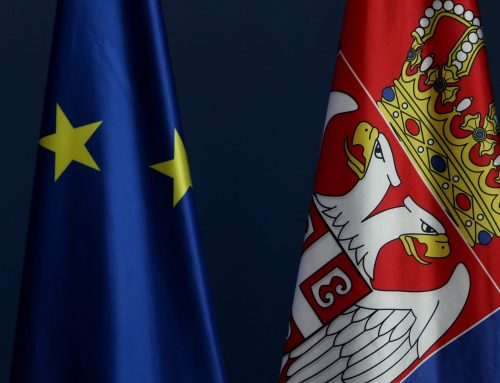What does the latest report on economic trends in the EU candidate and pre-accession countries show? In Serbia, domestic product increased but so did the government dept, while deficit remains high.
Economic situation in candidate countries and in those in the EU pre-accession phase, improved in 2013, it is cited in the fourth quarterly report on economic trends for the last year.
Gross domestic product (GDP) was positive in the four Western Balkan economies that had experienced recession in 2012. At the same time, a trend of its gathered pace in the countries where it had slowed down was reported.
Albania is the sole exception to this general pattern.
Beginning to grow in the first quarter and generally accelerated in the second quarter, GDP growth further increased in the third quarter in several countries, including in Serbia, which had significantly weakened growth in the second trimester.
Its growth was positively influenced by a surge in exports as well as favourable weather conditions that resulted in fruitful year and quite high yield, which again reflected to the increase of export.
Higher growth usually results in positive effects concerning employment and movements in labour market and certain improvements are noticed there. However, a problem of unemployment remains at high level in all Western Balkan economies.
Reduction of some macro-economic imbalances is noticed.
Inflation and increase in prices of consumer goods decelerated in the third quarter, except in Turkey. Generally, in all EU pre-accession or candidate countries, reduction of macro-economic imbalances is visable, and the average annual inflation declined in 2013, everywhere, excepti in Turkey.
On the contrary, fiscal consolidation offers a more differentiated picture. It remains the biggest challenge for economy and government in Albania, Montenegro and Serbia where deficits remain high and government dept keeps rising.
When it comes to Serbia in particular, the assessment is that Serbian economy is slowly recovering and inflation pressure reduced, which opens good perspective for development.
Beginning of price liberalisation in energy sector, as prices of gas and electricity rose to some extent, was noticed and praised, as well as the fact that bank liquidity was preserved.
Key problem is the fact that economic growth in Serbia is distributed unevenly to specific branches and that unemployment rate remains very high. It is expected that the announced government`s fiscal consolidation measures will be a step in a right direction when it comes to public finance.
Still remains the comment that, in relation to the EU standards, the way in which Serbia realises the subsidy policy is problematic considering that they are sometimes granted unannounced and outside clearly specified rules.



